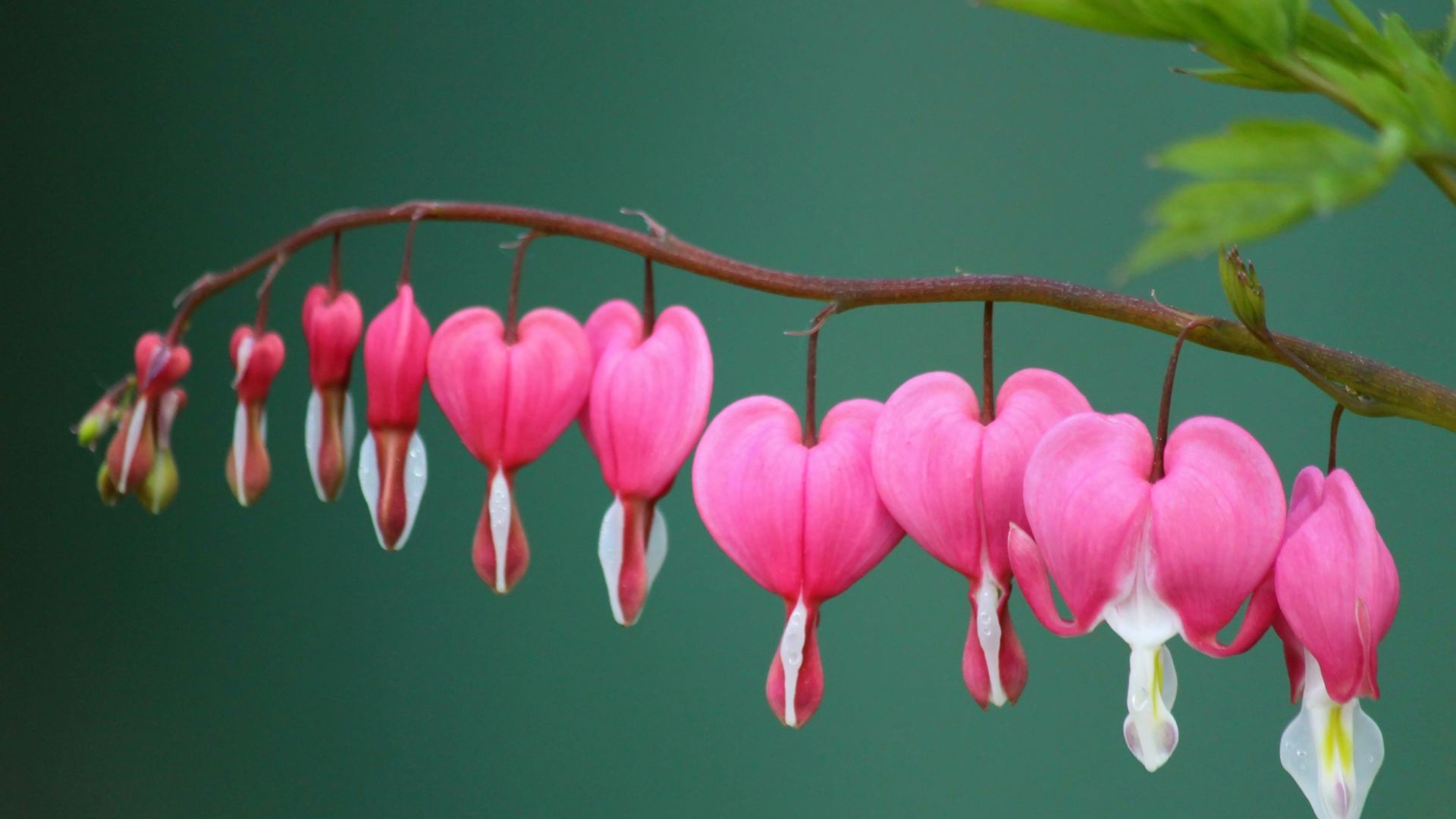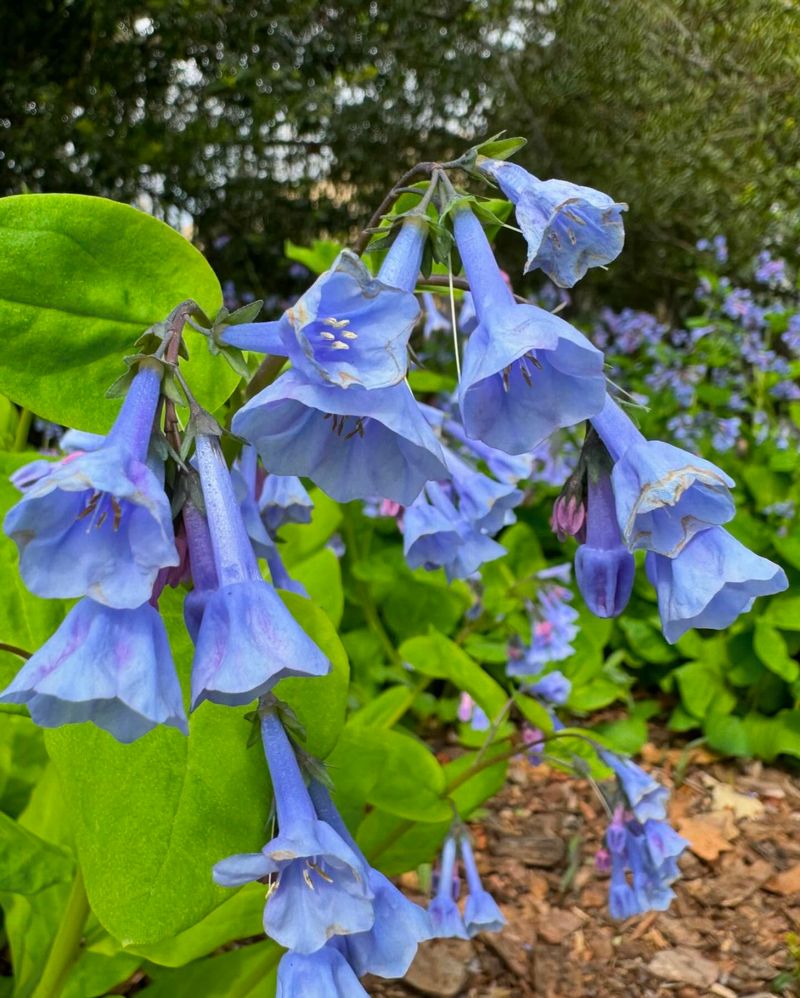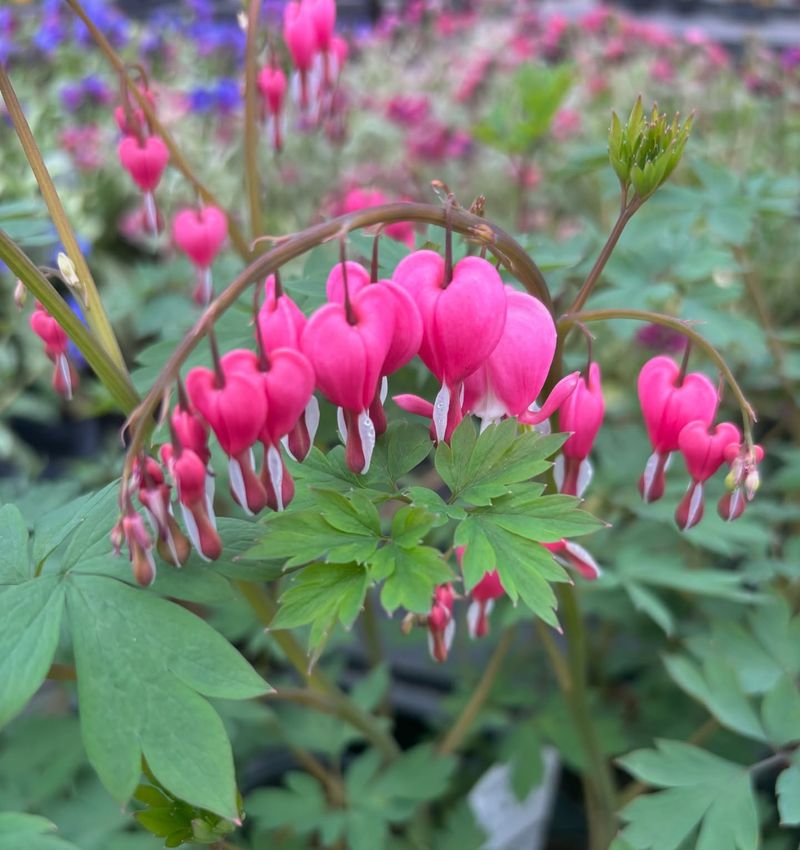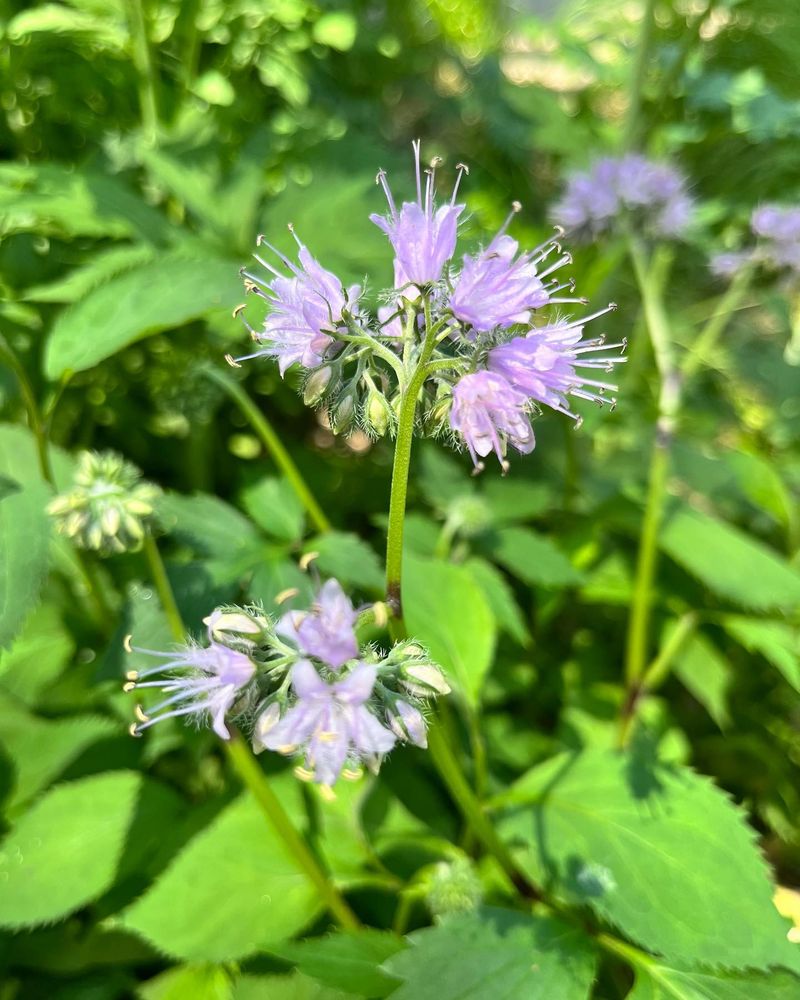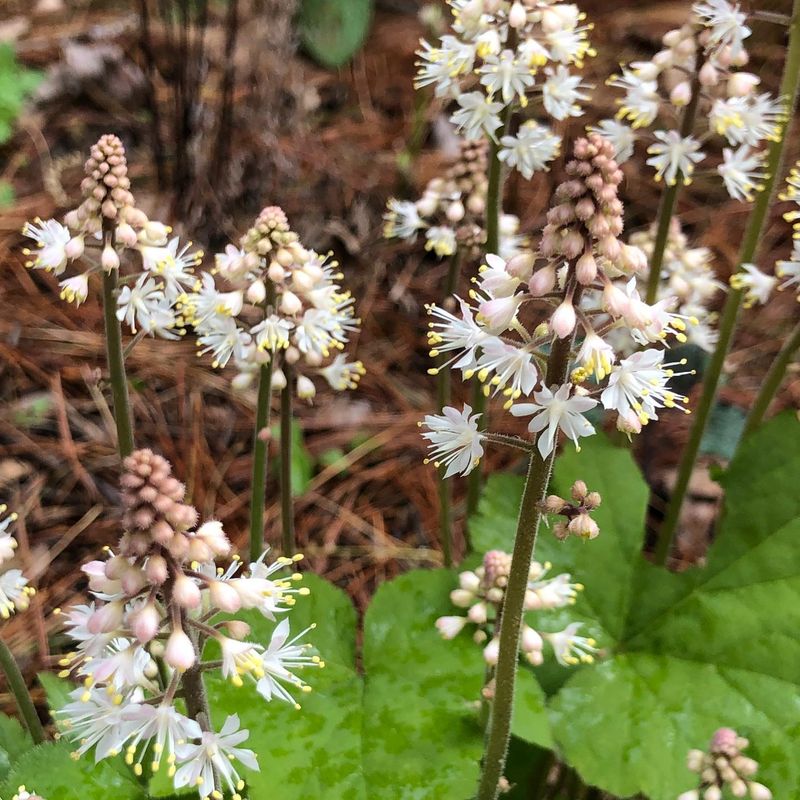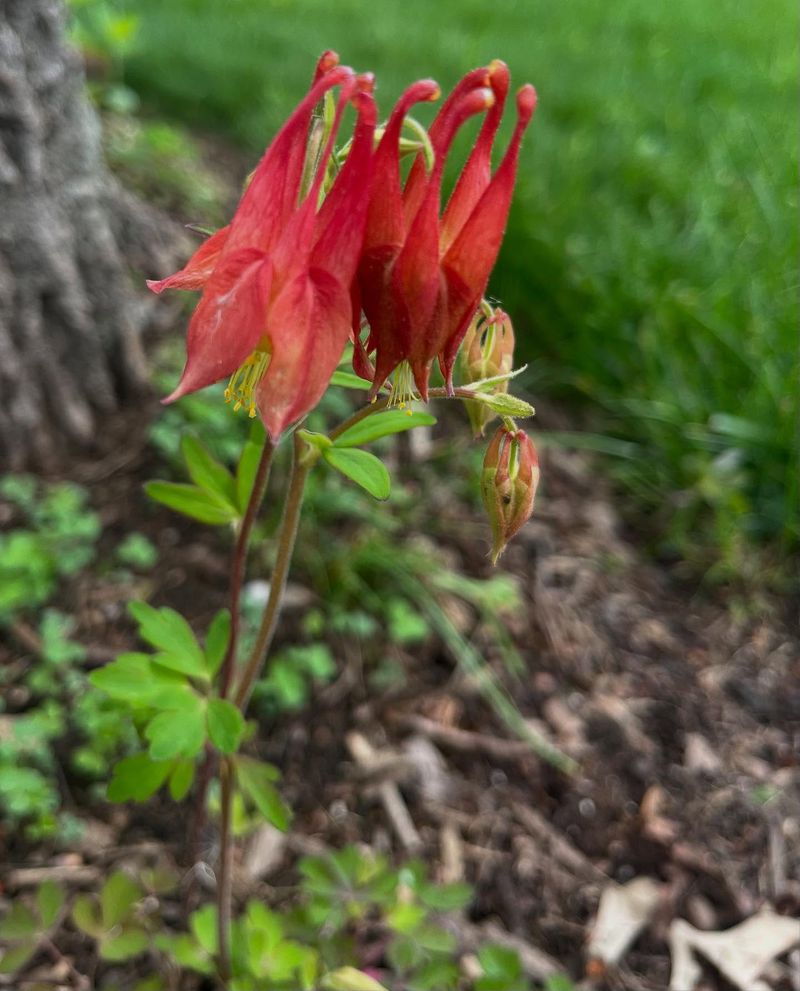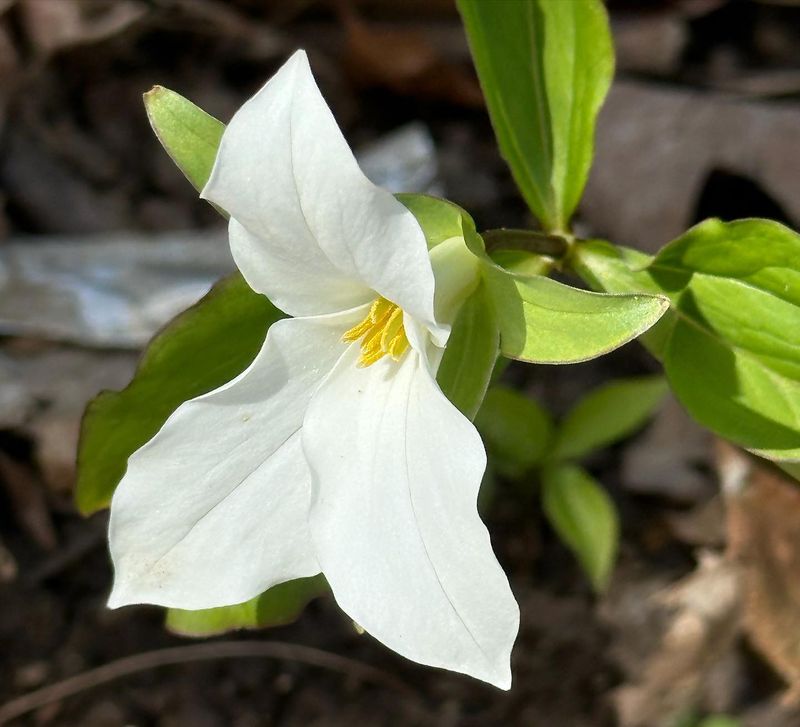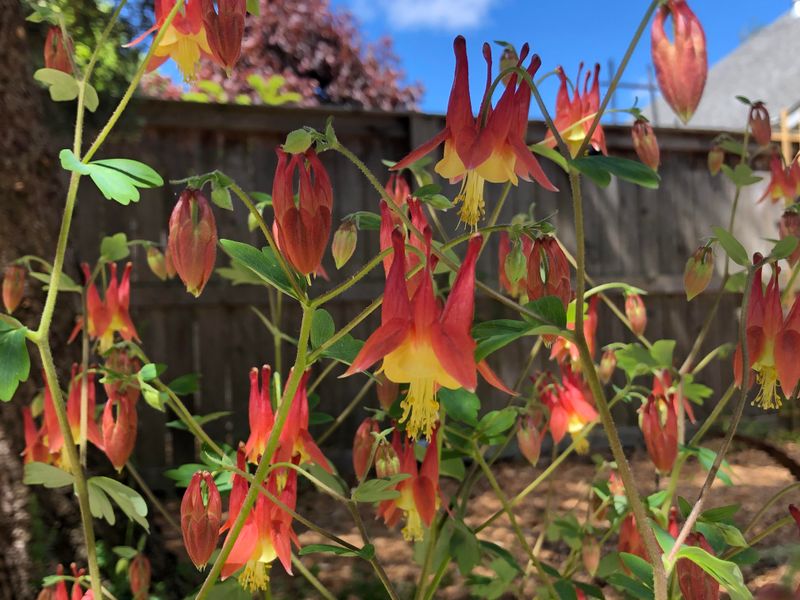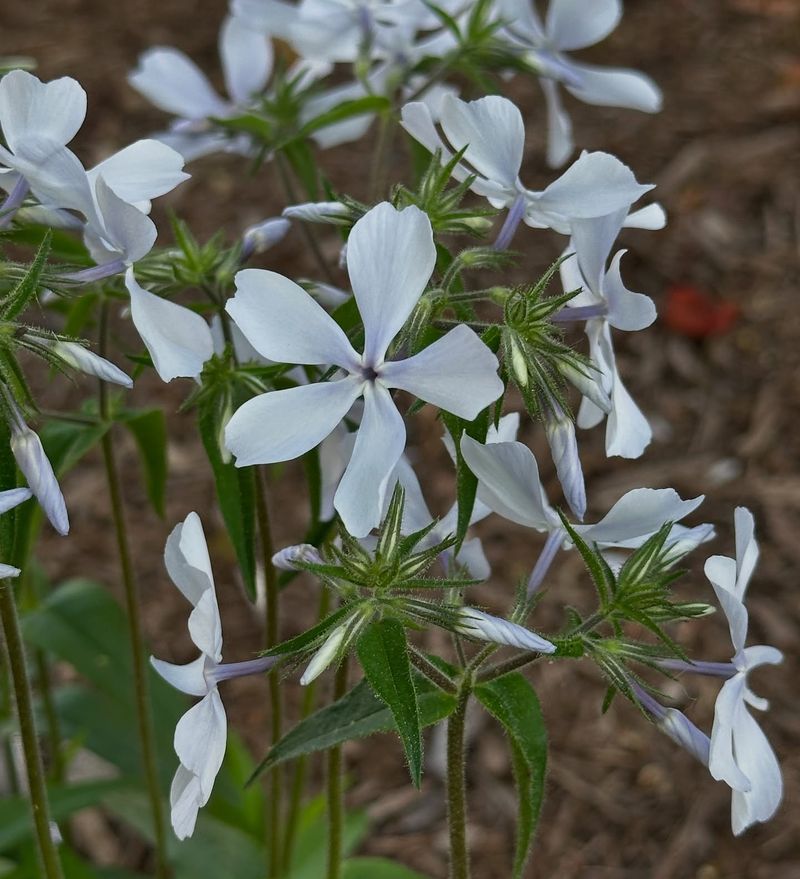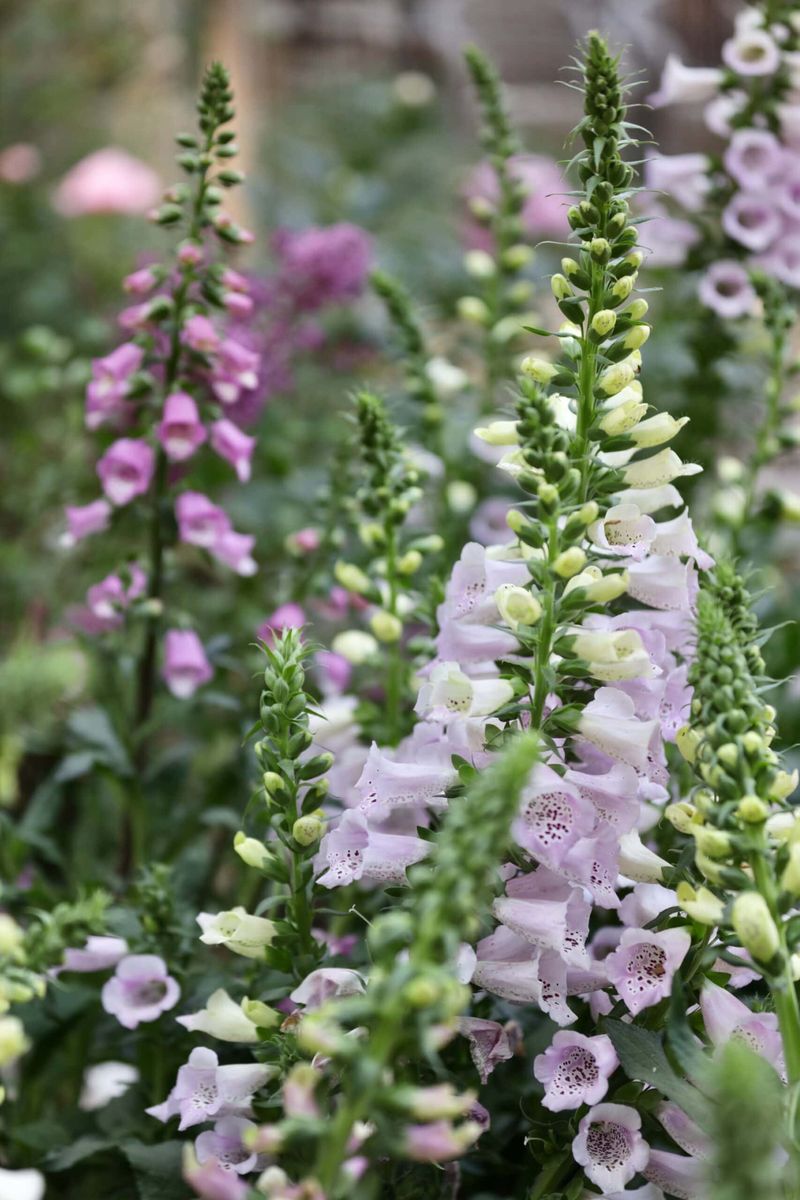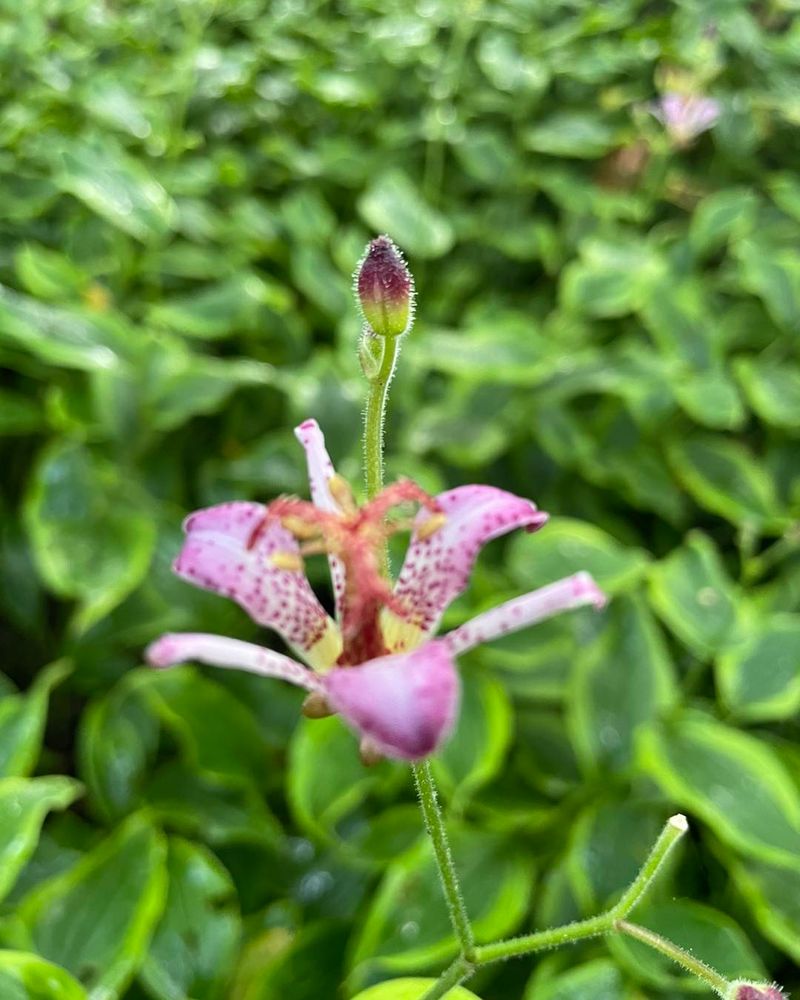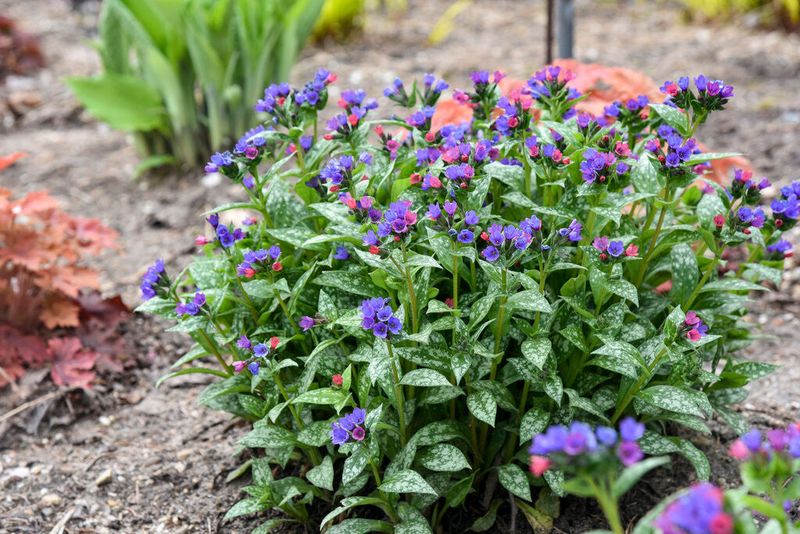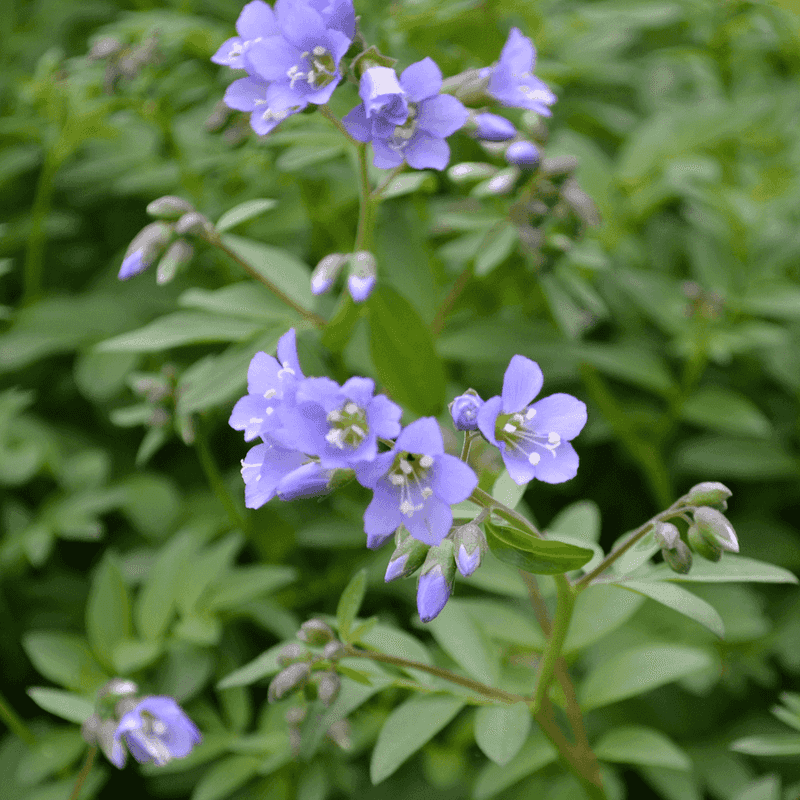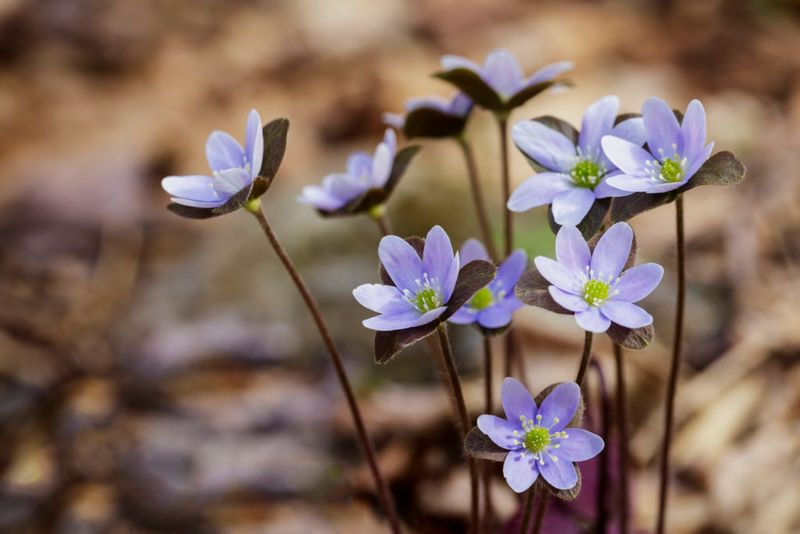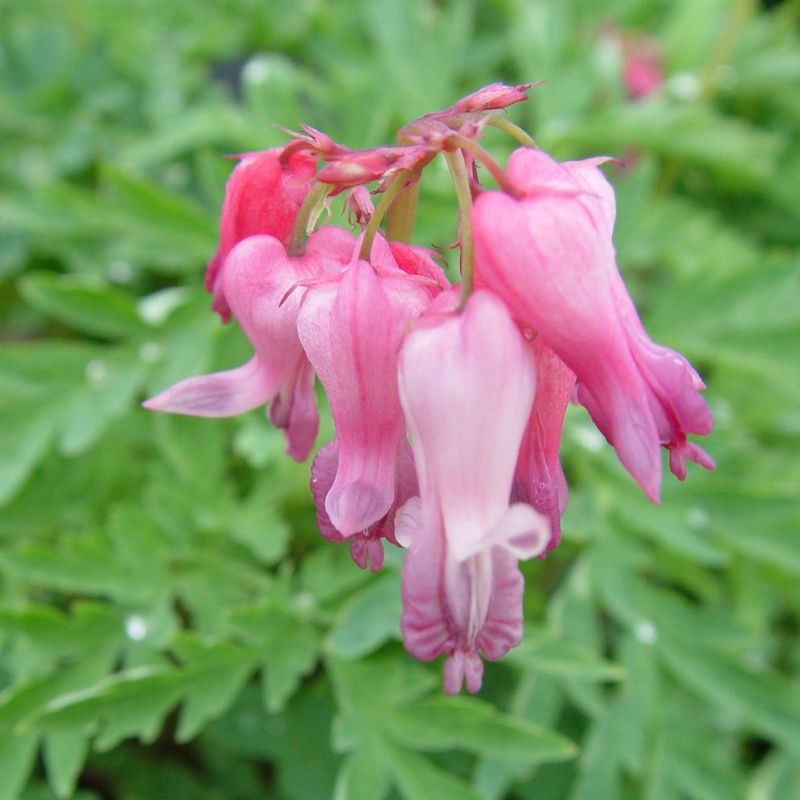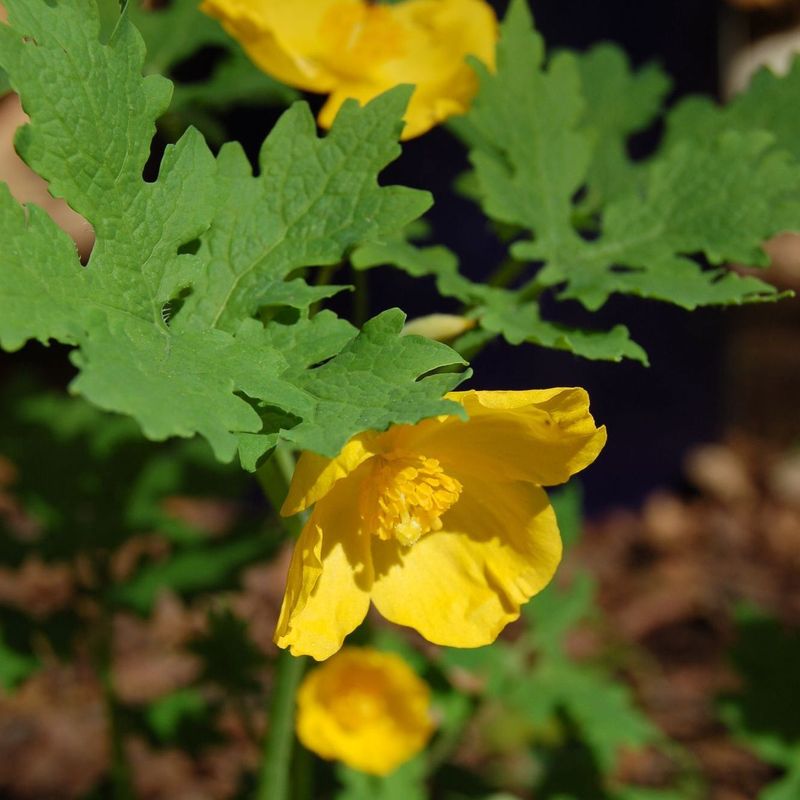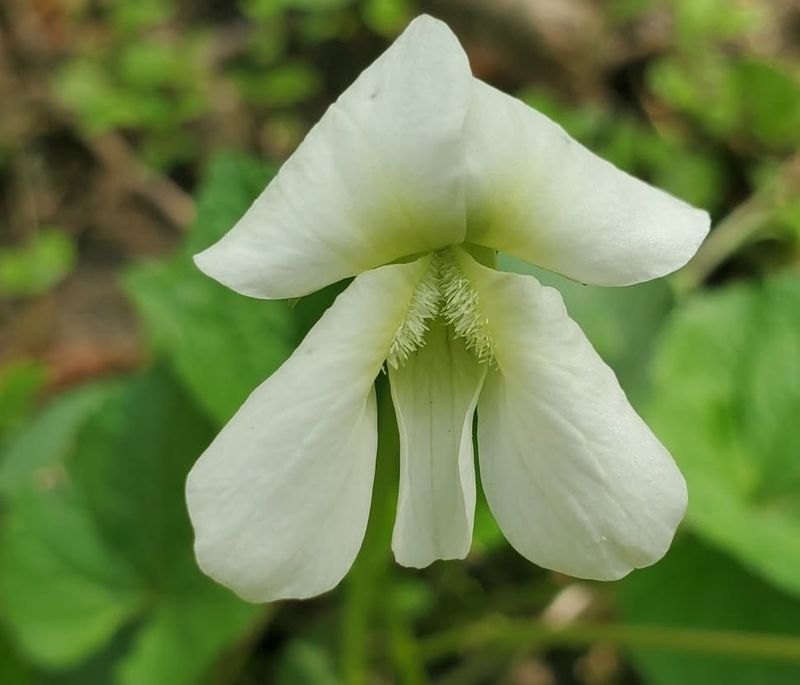Finding flowers that actually like shady spots can feel like a losing game—I’ve definitely had my fair share of bare patches under trees or along the side of the house. Those dim areas often get ignored, but they don’t have to stay dull and lifeless.
Once I started looking into wildflowers that naturally thrive in lower light, things changed. These aren’t just tough plants—they’re gorgeous, low-maintenance bloomers that actually prefer the shade.
If you’ve got a corner that never sees much sun, don’t give up on it just yet. With the right wildflowers, even the shadiest spots can burst to life with color and movement.
1. Virginia Bluebells
The nodding clusters of sky-blue trumpet-shaped flowers appear like magic in early spring. My woodland garden patch started with just three plants that a neighbor shared, and within four years, they’d formed a dreamy blue carpet beneath my maple trees.
They perform a clever disappearing act after flowering, going dormant by midsummer to make room for later-blooming shade plants. This natural cycle means you’ll need to mark their location or plant companions nearby.
What fascinates me most is watching bumblebees practically dive headfirst into the bell-shaped blooms, emerging covered in pollen. These native flowers support some of our earliest pollinators when food sources are still limited.
2. Bleeding Heart
Heart-shaped pink or white flowers dangle from arching stems in spring, creating a romantic display in shaded corners. The name comes from the distinctive shape – each bloom truly resembles a heart with a tiny droplet hanging below.
Last summer, I moved mine from partial shade to a spot that gets almost no direct sun, worried they might struggle. To my surprise, they’ve grown even larger and more abundant in the deeper shade.
Like many spring bloomers, they’ll go dormant when temperatures climb, so I’ve learned to plant late-emerging perennials nearby. Ferns make perfect partners, unfurling just as bleeding hearts begin their summer rest.
3. Jack-In-The-Pulpit
Unlike conventional flowers, this woodland native features a hooded structure (the pulpit) with a spadix (Jack) standing inside. The unusual form stops visitors in their tracks – I’ve watched friends do double-takes when spotting it along my garden path.
After the spring show, the plant produces clusters of bright red berries that persist into fall. Birds love them, though they’re not edible for humans. I’ve found they self-seed modestly in moist soil without becoming invasive.
They prefer rich, humusy soil that mimics the forest floor. In my yard, they’ve thrived in an area where leaves naturally collect and break down each year, requiring almost no maintenance once established.
4. Foam Flower
Delicate spires of tiny star-shaped white flowers float above maple-shaped leaves, creating the frothy appearance that inspired their name. The blooms last for weeks in spring, then the attractive foliage continues providing interest through fall.
My patch started from a single plant that has slowly spread to form a tidy groundcover in a spot where nothing else would grow. The mounding habit works perfectly at the edges of shady paths, softening the transition between walkway and taller plants.
Deer and rabbits generally leave them alone, which is a rare blessing in my neighborhood. The semi-evergreen leaves often develop burgundy highlights in cooler weather, adding seasonal color to shady spots even after flowering ends.
5. Wild Ginger
The heart-shaped, glossy leaves create a beautiful groundcover in the darkest corners of my garden. Most people never notice its flowers – small, brownish-purple blooms that hide at ground level beneath the foliage.
During a particularly dry spell last summer, this was one of the few plants that never showed signs of stress, even in bone-dry soil under mature trees. The thick root system helps it compete successfully for moisture even in challenging conditions.
Despite the name, it’s not related to culinary ginger, though the roots have a similar spicy fragrance when crushed. I’ve found it perfect for suppressing weeds in difficult spots – the dense growth pattern naturally excludes most garden invaders.
6. Great White Trillium
Three pure white petals sit atop a whorl of three leaves, creating one of spring’s most elegant woodland displays. The flowers age to a lovely pink, extending the show for several weeks.
Patience is key with these beauties – they’re slow-growing and can take years to flower from seed. When a new patch finally bloomed in my woodland garden after five years of waiting, I literally called my gardening friends to come see.
Ants play a fascinating role in their lifecycle, collecting and dispersing the seeds. This explains why you’ll often find trilliums growing in loose colonies rather than tight clusters. Once established, they can live for decades with minimal care.
7. Columbine
The distinctive spurred flowers dangle like tiny red and yellow lanterns above delicate, fern-like foliage. Hummingbirds zoom straight to them in my garden, sometimes hovering just inches from where I’m working.
They’ve proven remarkably adaptable, growing in everything from bright dappled shade to areas that get barely any direct sunlight. The plants reseed generously but never invasively – I simply pull unwanted seedlings and relocate others to new spots.
After experimenting with both native and hybrid varieties, I’ve found the straight species lasts longer and attracts more wildlife. The hybrids offer showier colors but often bloom for shorter periods and may need replacing after a few seasons.
8. Woodland Phlox
Soft clouds of lavender-blue flowers appear just as spring hits its stride, creating a dreamy effect in woodland settings. The fragrance is subtle but sweet, especially noticeable in the evening or after rain.
Unlike its sun-loving cousin garden phlox, this species thrives in partial to full shade. Mine grows beautifully under deciduous trees, blooming before the canopy fully leafs out and blocks the light.
Butterflies flock to the nectar-rich flowers – I’ve counted five different species visiting on warm spring days. The semi-evergreen foliage forms loose mats that help suppress weeds while leaving room for spring bulbs to emerge through the cover.
9. Foxglove
Tall spires dotted with tubular, speckled flowers create vertical drama in shady borders. Though technically a biennial, they reseed so reliably that you’ll always have plants at different stages, ensuring yearly blooms.
The evening light in my garden catches the interior speckles, making them glow like tiny constellations. Children are naturally drawn to the thimble-shaped flowers, though I always remind young visitors about their poisonous nature.
Hummingbirds and bumblebees somehow manage to disappear completely inside the larger blooms. I’ve stationed a bench nearby specifically for watching this pollinator activity – it’s better than television on summer evenings.
10. Toad Lily
Just when you think the garden has finished its show for the year, these unusual spotted blooms appear in late summer through fall. The orchid-like flowers speckled with purple dots always spark conversation among visitors who’ve never seen them before.
Despite their exotic appearance, they’re surprisingly tough plants. Mine have survived several harsh winters with minimal protection, returning each year more robust than before. They prefer consistent moisture but tolerate short dry spells better than I expected.
The arching stems look particularly effective when planted near water features or along shaded pathways where you can appreciate the intricate flower details up close. I’ve found they combine beautifully with autumn ferns, creating a textural feast in those often-neglected late-season shade gardens.
11. Lungwort
The spotted silver-dusted leaves brighten shady corners year-round, while the pink-to-blue flowers provide early spring color. The color-changing blooms start pink and gradually shift to blue as they age, creating a multicolored display on each plant.
During last summer’s record drought, these proved to be the toughest plants in my shade garden. While neighbors watered daily, my lungworts sailed through with just weekly deep soakings, their thick leaves storing moisture effectively.
The name comes from medieval herbalists who thought the spotted leaves resembled diseased lungs and therefore must be useful for treating lung ailments. Though not medicinally valuable, I still appreciate how they reliably appear each spring, no matter how harsh the preceding winter.
12. Creeping Jacob’s Ladder
Clusters of delicate bell-shaped blue flowers hover above fern-like foliage in spring. Unlike many shade plants that spread aggressively, this native maintains a polite, clumping habit that plays well with neighbors.
The common name comes from the ladder-like arrangement of leaflets along each stem. On dewy mornings, water droplets bead along these perfectly aligned leaves, creating a magical effect when sunlight briefly filters through the tree canopy.
Bees absolutely adore the flowers – I’ve noticed even tiny native species I rarely see elsewhere visiting regularly. After flowering, the attractive foliage continues providing textural interest through summer, gradually fading in fall without turning unsightly.
13. Hepatica
Among the earliest woodland bloomers, these jewel-like flowers push through last year’s fallen leaves while snow still lingers in shaded corners. The star-shaped blooms come in shades of white, pink, and lavender-blue, often all in the same patch due to natural variation.
The evergreen, three-lobed leaves develop a rich purple-bronze color in winter, providing interest even when the plants aren’t flowering. After discovering a small colony while hiking, I started my garden patch with just three plants that have gradually formed a substantial clump.
Watching ants collect and distribute the seeds has been fascinating – they’re attracted to a special appendage on each seed that provides them food, and in the process, they plant the next generation a safe distance from the parent plants.
14. Fringed Bleeding Heart
Unlike its larger cousin, this native bleeding heart forms tidy mounds of finely-cut, blue-green foliage topped with dangling heart-shaped pink flowers. The fernlike leaves provide season-long interest, even after flowering slows in the heat of summer.
These have been workhorses in the dry shade beneath my maple trees, an area where most plants struggle. While they appreciate moisture, they’ve proven remarkably drought-tolerant once established, bouncing back quickly after wilting.
Hummingbirds make special trips to visit these flowers in my garden, hovering precisely in front of each bloom to extract nectar. The plants bloom heaviest in spring but continue producing flowers sporadically through fall, providing nectar when many other shade plants have finished.
15. Celandine Poppy
Bright yellow cup-shaped flowers bring sunshine to woodland gardens in early spring. The blooms appear just as the tree canopy begins to leaf out, taking advantage of that brief period of stronger light before deep shade sets in.
My first plants came from a friend’s garden division, and within three years, they’d formed a substantial colony through both spreading roots and self-seeding. The seedlings are easy to identify and relocate if they appear where they’re not wanted.
Unlike many spring ephemerals that disappear after flowering, the scalloped foliage remains attractive throughout the growing season. Even in August heat, the leaves stay lush in my garden’s shadiest corner where little else thrives.
16. Red Baneberry
Small clusters of fluffy white flowers in spring give way to brilliant red berries on red stems by late summer. The contrast between the glossy berries and fern-like foliage creates a striking display that lasts for weeks.
Birds generally leave the berries alone (they’re toxic to humans but birds can eat them), so the ornamental show persists well into fall. I’ve positioned mine where they’re visible from windows, bringing color to the garden when I’m less inclined to venture outside in cooler weather.
The plants are remarkably long-lived – the oldest clump in my woodland garden is approaching fifteen years and still expanding gradually. They partner beautifully with ferns and hostas, adding vertical interest to primarily horizontal plantings.
17. Mayapple
Large umbrella-like leaves unfurl in early spring, creating a distinctive colony of miniature umbrellas in woodland settings. Plants with two leaves produce a single white flower hidden beneath the foliage, followed by a yellowish fruit that resembles a tiny apple.
Walking through a natural stand after a rain shower feels magical – water droplets collect on the center of each leaf before running off in rivulets. My garden patch started with three rhizome pieces that have slowly expanded to cover about eight square feet.
Box turtles are known to eat the fruits, helping distribute seeds throughout woodland areas. The plants go dormant by midsummer, so I’ve underplanted mine with late-emerging ferns that fill in just as the mayapples begin to fade.

